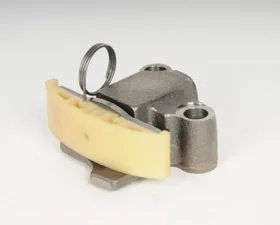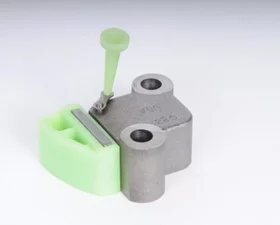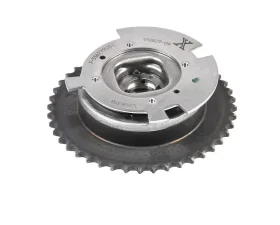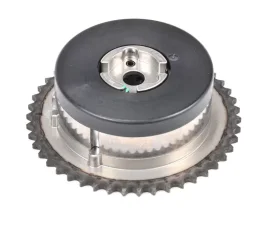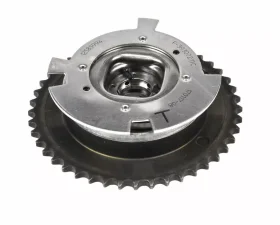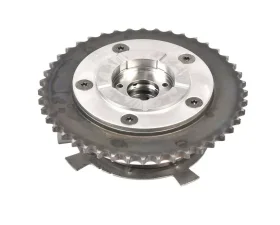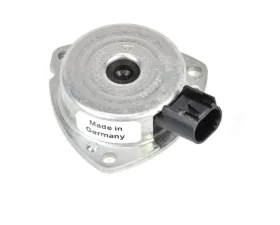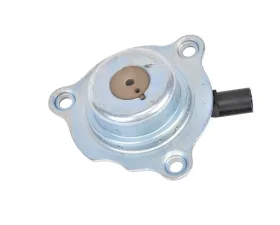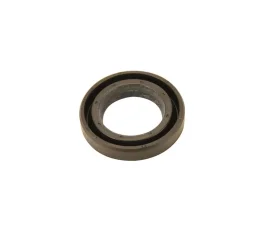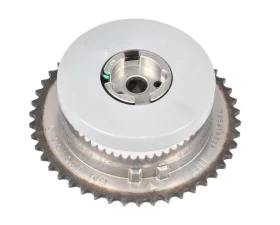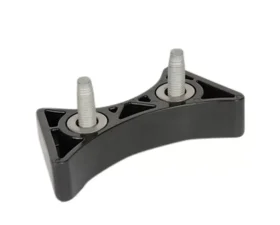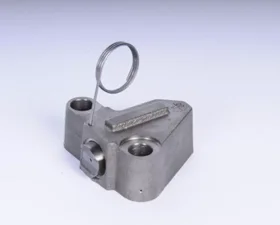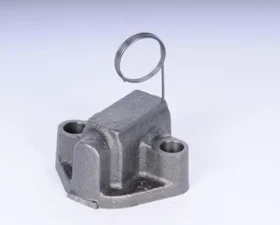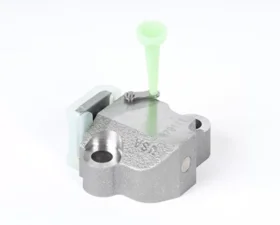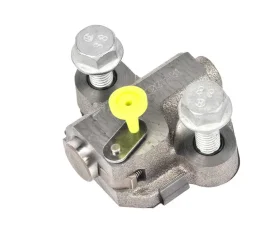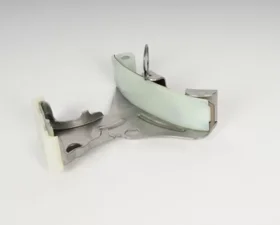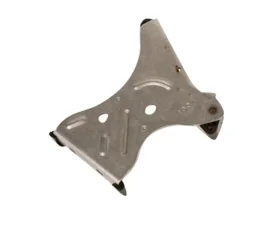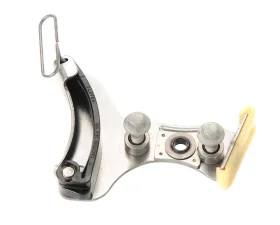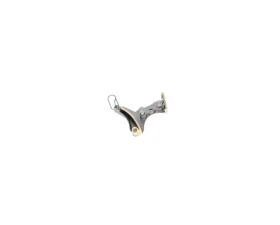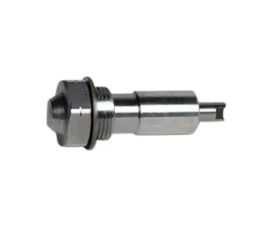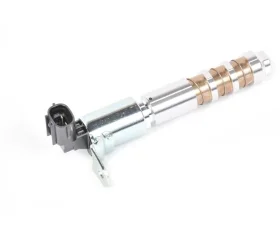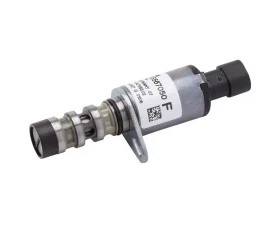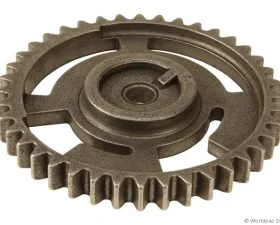Timing Components
What Is Engine Timing?
For the engine to operate at its best, each cylinder’s fuel/air mixture must be fired just as the piston reaches the top dead center ( TDC ). It takes a certain amount of time for the spark plug to ignite the mixture and build up the combustion. This time remains roughly the same, no matter how fast the engine is running. The timing mechanism is set up to fire the plug a short time before the TDC. But because the engine motion operates the mechanism, this time would typically decrease as the engine runs faster, and the plug would fire too late.
It is estimated that there are approximately 10,000 moving parts within the average internal combustion-powered vehicle. Put that way. It’s a genuinely mesmerizing engineering feat to get all those components to talk to each other and mesh together to form machines that we know and love. And in terms of the heart of the beast – the engine – timing is an essential factor. Since the precise movement of camshafts, valves, pistons, and crankshafts is an integral part of the internal combustion process, there is no room for error given the rate and violence components interact with each other.
Why Is Engine Timing Important?
To understand the importance of engine timing, let's understand what's going on in a standard four-stroke engine’s cylinders. First, the piston inside the cylinder is forced down, and the mixture of air and fuel enters through the opening of the inlet valve. Once the piston reaches BDC (bottom dead center), it begins its journey back to the top of the cylinder (top dead center) with the inlet valve shutting down and compressing the air/fuel mixture.
In a four-stroke cycle, the crankshaft must rotate a full two rotations (or 720 degrees) to complete the engine cycle, rotating a full 360 degrees each time the piston moves from the TDC to the BDC and back. And in a car with a red line of about 7500 rpm, the engine completes this reciprocation about 125 times a second.
To hold this extremely accurate series of events together, a timing belt or chain is used to connect the engine's vital components to keep everything in sync. The timing belt is a thick, toothed belt that runs around the camshaft sprockets, the water pump pulley, and the crankshaft sprocket and rotates in time with the crankshaft at the bottom of the engine block.
This means that the water pump increases and decreases the coolant flow rate in tandem with any engine speed changes, allowing more coolant to circulate the engine block when the engine is working hard. The final component of this timing system is the timing belt tensioner, which acts as a spring-loaded prod on the side of the timing belt, keeping it at a set tightness to stop the belt from slipping or jumping over the teeth of the sprockets with which it is meshing.
This timing system is synchronized with the ignition by alignment markers or timing marks on the valve cover, cam, and crank sprockets. Using small dashes, numbers, or lobes on the sprockets, the timing system can be aligned so that – once the engine is fired – the rotation of the timing belt synchronizes the camshafts opening their respective valves to the reciprocating crankshafts of the pistons, along with the timing of the ignition. The manufacturer shall place these timing marks to set the crankshaft’s angle (within its 360-degree range) for ignition to occur.
Valve Timing
The lobe profiles on the camshafts control valve timing in its simplest form, to open the valves within the engine for the exact amount of time to get as much air/fuel mixture in and then to exhaust gases out for each engine cycle, maximizing the engine’s efficiency. The lobes control the lift (the amount the valve opens by) and the duration (the time it stays open for), with engine technology in the 90s making the jump to variable valve timing to make the camshaft as versatile as possible.
The timing of the ignition, on the other hand, focuses on when the ignition of the air/fuel mixture occurs within the engine cycle, with the ability to delay or delay the timing of the ignition depending on the application. In general, the ignition timing is advanced when there is a need to change. This means that the cylinder’s spark is pre-energized before the piston reaches TDC, giving a slightly longer time for the air/fuel mixture to ignite, maximizing combustion.
Vivid Racingcarries high-performance parts for almost any need. Click these links to choose from our selection ofBody Kits,Big Brake Kits,Seats,Custom WheelsandTires,Engine Parts,Exhaust Parts,Intakes,Suspension,andTransmission Parts.
Buying fromVivid Racingis the best choice you can make. We back every part we sell with our guarantee of satisfaction.
Buy online or give one of our world-class sales professionals a call at 1-480-966-3040. If you don't see what you are looking for, Call Us.
We can help.Vivid Racingwas voted #1 in customer service nationwide!
Hands-On Experience and Professionalism is what makes us the best.
LOOKING FOR OEM PARTS?We can help.
Are you tired of paying overly inflated prices that the dealers charge for their parts?Vivid Racingcan save you up to 60% off the dealers' prices. Click here to visit ourOEM PARTS STORE.

.jpeg?q=90&p=thumb&w=200&h=200)
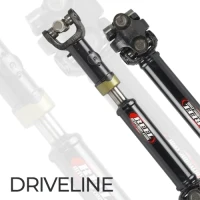
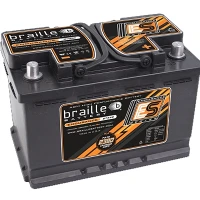
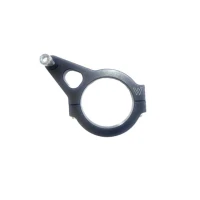




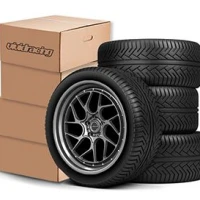

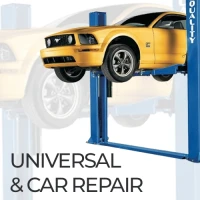

.jpeg?q=90&p=thumb&w=40&h=40) Brakes
Brakes  Driveline
Driveline  Electronics
Electronics  Handlebars & Controls
Handlebars & Controls  Package Deals
Package Deals  Wheel Accessories
Wheel Accessories  Wheels by Vehicle
Wheels by Vehicle  Tools and Maintenance
Tools and Maintenance  Universal & Repair
Universal & Repair  Vivid Racing Gear
Vivid Racing Gear 